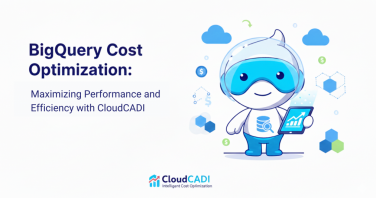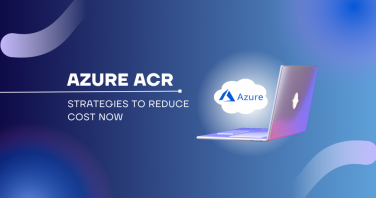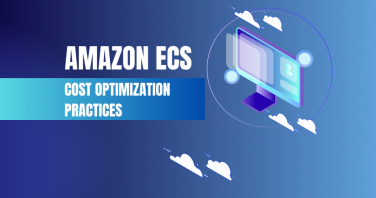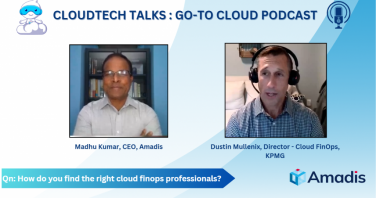Cloud resource provisioning took a paradigm shift from what it was before 10 years. It is now rapid and agile. Solutions like serverless cloud computing, and Infrastructure as a Code further simplify the scenario. Heavily consumed manual efforts are now redirected to core tasks. Cloud resource provisioning is no more a daunting task, but cloud cost optimization is.
We have discussed cloud cost optimization best practices – Part 1 before, let’s continue with the further steps in this article.
Step 7: Narrow down
Enterprises use multiple tools for cloud cost optimization. They prefer to stick with native cloud service provider tools for better reliability.
Example: Businesses using AWS cloud, can make use of,
- AWS Cost Explorer – for managing and visualizing the cloud usage
- AWS Cost Anomaly Detection – for detecting cloud spending abnormalities. This utilizes machine learning and statistical algorithms for accurate cost overage detection.
- AWS Trusted Advisor- for recommendations on reducing costs, improving security, performance, etc.
Many other native tools are also available like AWS CloudWatch, and AWS Budgets that aid cloud cost optimization. Hovering over multiple tabs for information can complicate cloud practitioners’ decision-making.
Adopt a single solution that can unify all the results under one pane like CloudCADI that helps you to track, monitor, and restructure based on intelligent recommendations.
Step 8: Use Showback
Cost overages can occur from various sources. Overview of the cloud expenditure can only tell us how much we are wasting. Success of cloud cost optimization doesn’t stop right there. Identifying the source and rectifying the issue is the right way but it requires enormous effort.
Example: In Microsoft Azure, when we create a VM, a public IP address, network security group, and regular network interface is also created. When this VM is found to be unused for a longer period, the team decommission it to save the cloud costs. But if they miss decommissioning the other components (Public IP, Network interface, NSG) it still accounts for the monthly cloud bills.
Cost optimization reports should help us to filter it down and identify the lowest individual unit, the source of unintended spending.
CloudCADI can show you pod level details of cost anomalies.
Step 9: Map them
Every cloud cost optimization activity is directly coupled with the business benefits. List your business KPIs and benchmarks. Involve a stakeholder from every team like engineering, management, finance, and operations while figuring out KPIs. It’s crucial to map cloud spending with the business value it adds.
Example: Cloud spend per customer, cloud spend per application
This exercise will help you to deeply associate engineering activities with cost and make every stakeholder’s decision financially accountable.
Step 10: Keep in store
When you are aware of the roadmap and confident with the computing demand for the coming days, it’s safe to procure cloud resources well before. Bulk procurement in advance helps management on opting for better offers or discounts from service providers.
Example: Reserved Instances. AWS’ RI can provide up to 72% discount compared to “On-Demand” pricing. It also offers the flexibility to alter families, OS types, and tenancies when Convertible RIs are chosen.
Related reading: Reserved Instances
Step 11: Go with the same
Before choosing the cloud service provider audit the internal environment thoroughly. If you have multiple Microsoft applications, it is good to go with Azure which saves integration costs. If there is a need for a short-term compute resource, go with a “pay-as-you-go” pricing model that allows increasing or decreasing compute capacity on-demand and pay for minutes (VMs) or seconds (Container instances). Whereas, for low latency microservices, and big data processing, GCP is a better option.
Step 12: Don’t let it rest
Cloud cost optimization is not a one-time setup to build and leave aside. It is an ongoing process that is closely associated with business productivity and growth. When the organization scale, cloud dependency increases piling up the cloud resource volume to meet the growing demands. The need for faster delivery, customer experience, rapid innovations, and competition foster organizations to less worry about the selection, allocation, tracking, and costs of the cloud workloads. Generally, they lock in with the existing cloud vendors for easier procurement and support.
Final thoughts
The steps stated above are just a few. It is not the end of the cost optimization setup. As we discussed earlier, it is an iterative process that is to be carried out each day.
Does the entire process sound so complicated? It is not when you choose CloudCADI. If you would like to know how? allow us to explain more.


























